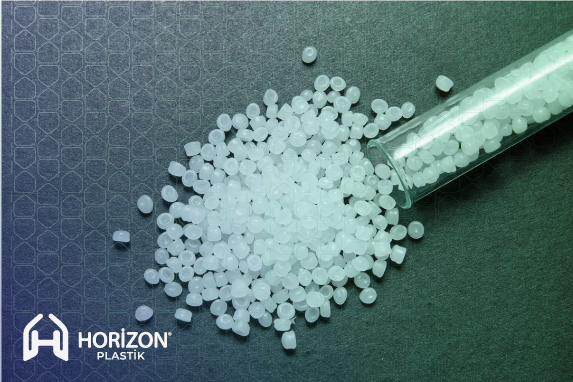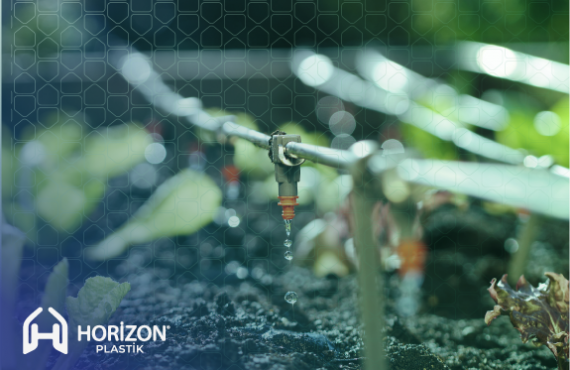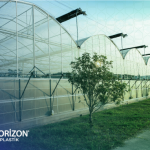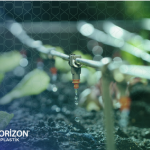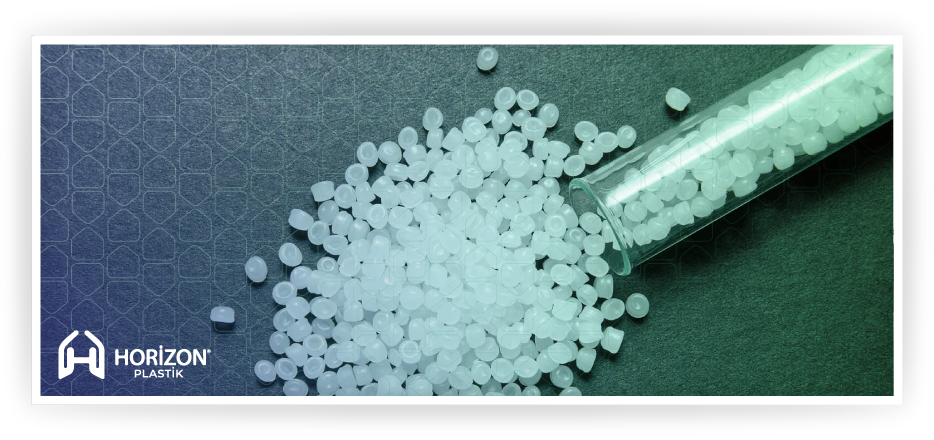
Polyethylene
Polyethylene is a thermoplastic polymer with a variable crystalline structure and a vast range of applications depending on the particular type. It is one of the most widely produced plastics in the world, with tens of millions of tons produced worldwide each year.
What is polyethylene material?
Polyethylene is a commonly used plastic material that consists of a long chain of carbon atoms with two hydrogen atoms attached to each carbon atom.
Is polyethylene a good plastic?
Polyethylene is by far the most common type of consumer plastic and is used in many everyday materials. Polyethylene is an excellent electrical insulator. It retains its properties in extremely cold conditions but can be melted at high temperatures.
Advantages :
Polyethylene has many benefits which are why it has been used to make many products over the years.
- It has low strength and hardness, but is very ductile and has good impact strength; it will stretch rather than break.
- Polyethylene is water resistant and durable, so it is longer lasting when exposed to the elements compared to other polymers.
- Polyethylene is a good electric insulator, offering electric treeing resistance but can become electrostatically charged. Adding antistatic agents will prevent this.
- Depending on the thickness of the polyethylene, it can be almost transparent to opaque. The clearness of low-density polyethylene (PE) makes it suitable for packaging.
- Polyethylene as HDPE can be recycled into other products, which is more cost effective than manufacturing a new product from new plastic.
- Polyethylene has a melting point range of 120 to 180 degrees Celsius for medium to high density and 105 to 115 degrees Celsius for low-density polyethylene. The good heat resistant properties enable it to be used in high and low temperatures.

